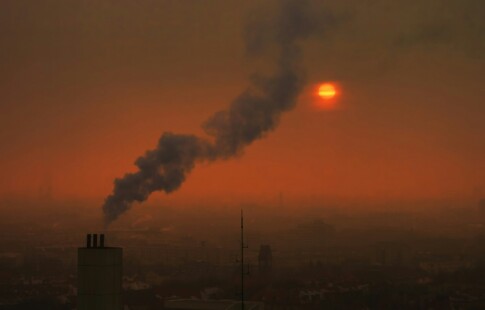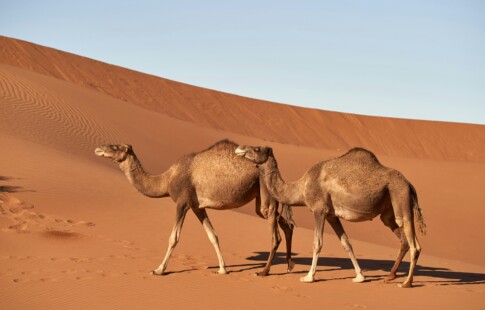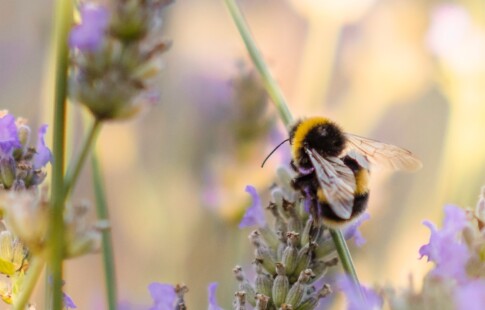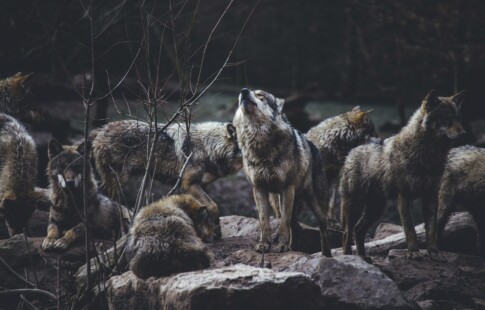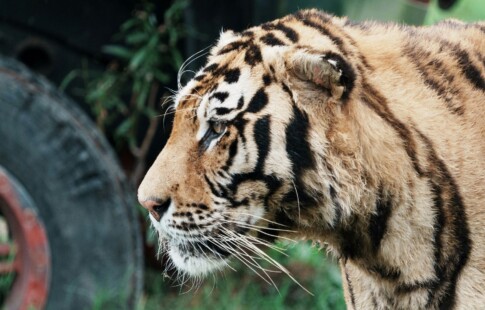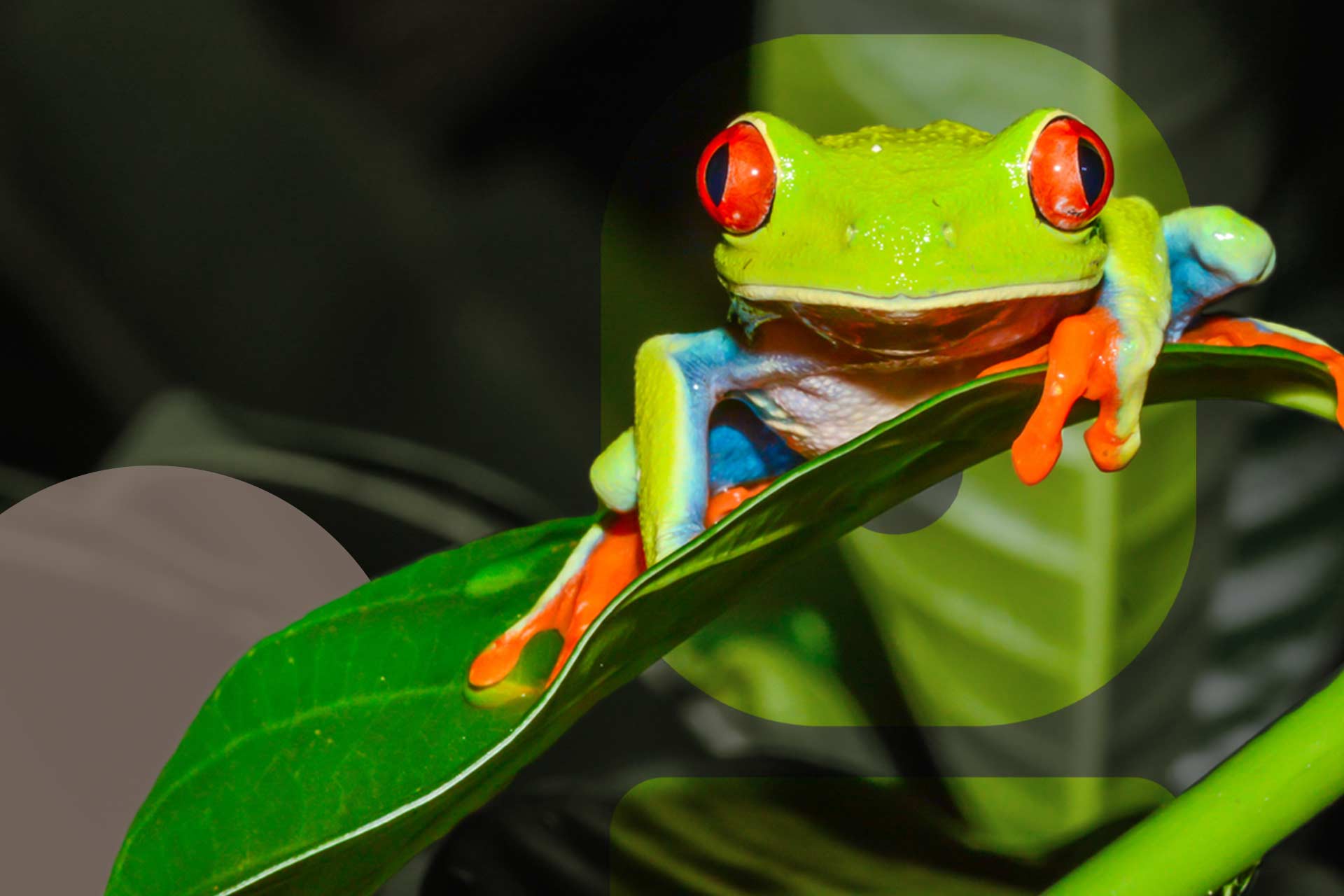
Biodiversity and Climate Change: Understanding the Link
We are reader-supported. When you buy through links on our site, we may earn affiliate commission.
From polar bear extinction commercials to “save the bees” campaigns, we can see awareness of biodiversity and climate change throughout society. These two environmental concepts are both vitally important. But you may still be wondering, “How does climate change affect biodiversity?”
It is essential to evaluate this relationship to conserve the environment effectively. A changing climate has contributed to the endangerment of individual species, but it also poses severe threats to all life on Earth. To gauge this hazard, we must first evaluate biodiversity as an independent construct.
What Is Biodiversity?
There are 8.7 million different species inhabiting the Earth. This variation in life is called biodiversity. The assortment of life works together through cyclical patterns called ecosystems.
Rainforests, coral reefs, and deserts are all ecosystems that support different sectors of plant and animal species. Each section of life relies on another for a form of vital supports. When one species disappears, it makes other species in the ecosystem vulnerable.
Organically functioning biodiversity works to support life by:
- Storing nutrients.
- Recovering resources after natural disasters.
- Protecting soil health.
- Conserving water resources.
- Maintaining a consistent climate.
A healthy biodiversity also supports humanity by:
- Producing food.
- Growing medicinal herbs and resources.
- Producing wood and other building materials.
- Filtering air pollutants.
Biodiversity is vital to the continuation of humanity and all forms of life on Earth. When one species leaves the ecosystem, it skews the entire balance. This destabilization causes the support functions above to crumble.
We are already experiencing extinction and endangerment of species globally. This is due to habitat loss, increased predators, dwindling prey, and other climate change effects. Evaluating climate change can enlighten one of the impacts human interference has on biodiversity.
What Is Climate Change?
Climate change signifies an alteration in the consistent weather patterns of a region. One may examine alterations through higher summer temperatures, increased snowfall in the winters, and high intensity of hurricanes and other storms. These changes in weather patterns derive from a rise in the planet’s warmth.
Global warming is the increase in heat trapped in the atmosphere through the greenhouse effect. This effect is an otherwise natural process Earth uses to maintain a certain temperature on the planet. That specific warmth allows life to flourish and the global ecosystem to function efficiently.
The greenhouse effect works by absorbing the sun’s energy, transferring it into warmth, and letting excess rays reach Earth’s surface. The surface absorbs as much heat as needed and releases the rest back into the atmosphere. Naturally occurring air pollutants, like ozone, reabsorb this energy to create more heat to maintain life-supporting temperatures. Any remaining heat is released out of the atmosphere and away from the planet.
When humans interfere with this system by emitting carbon dioxide (CO2), methane, and other greenhouse gases into the environment, varying effects occur. Human-induced greenhouse gases retain heat in the atmosphere longer than naturally occurring pollutants. This lack of release out of the atmosphere causes rising global temperatures, which alter the climate.
The Effects of Climate Change
As the Earth warms, consistent weather patterns change. The effects of this shift stretch beyond hotter summers. Habitat loss, decreased migration capabilities, and competitive relationships are all effects brought against ecosystems by climate change.
By evaluating the polar bear, we can examine that their habitat loss caused by warming temperatures in their global region induces endangerment. This decreasing bear species causes an influx in seals, their primary food source, due to a lack of predatory threat. As the seal population increases, the depletion of their marine food sources expands.
This imbalance continues down the food chain until the entire ecosystem is left vulnerable. The effect of climate change on biodiversity leads to the loss and destruction of whole ecosystems and the species which rely on them. Eventually, humanity will feel the severe threat of this destruction.
Why Biodiversity Loss Matters
As more species become endangered and extinct due to the changing climate, natural resources are affected. The destruction of ecosystems can cause a loss of food, building materials, medical ingredients, and air quality reduction. These effects of biodiversity loss impact humanity’s security.
To date, there are 16,306 species threatened with extinction. This number continues to rise, and scientists predict that in the next 50 years, we will lose one-third of our biodiversity. A mass extinction, like the one anticipated, would significantly reduce the reproduction capabilities of humanity.
Without the necessary resources to support human development, society will have no other choice but to cut back its numbers. When we emit greenhouse gases into the atmosphere, we are indirectly impacting the continuation of our species. As the climate changes and biodiversity dwindles, humanity will face the rippling effects of vulnerability.
Exploring greener transportation and consumption methods can help one reduce their impact on biodiversity loss. Cutting back on our greenhouse gas emissions can support the functioning of organic weather patterns. This will minimize human interference with habitats, migration, nourishment, and other natural ecosystem processes.
Share on
Like what you read? Join other Environment.co readers!
Get the latest updates on our planet by subscribing to the Environment.co newsletter!
About the author

Jane Marsh
Starting from an early age, Jane Marsh loved all animals and became a budding environmentalist. Now, Jane works as the Editor-in-Chief of Environment.co where she covers topics related to climate policy, renewable energy, the food industry, and more.
